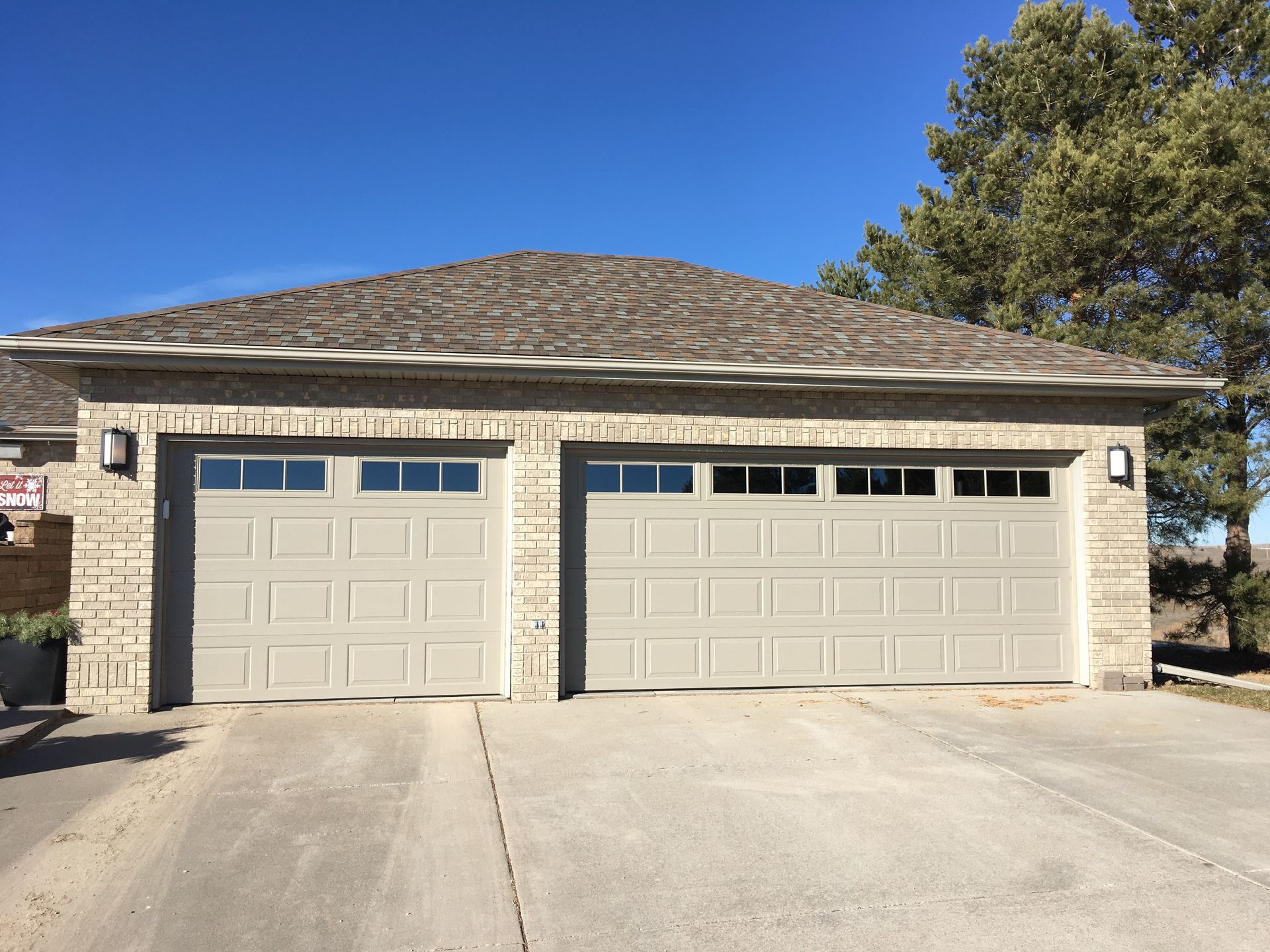Your roof color isn’t just for curb appeal—it has practical implications for your home’s energy efficiency and comfort. Here’s how to choose the best roof color based on your climate.
Understanding How Roof Color Affects Heat Absorption
Roof color is a major factor in heat absorption. Dark roofs, such as black, absorb heat, increasing the temperature on the roof’s surface and warming your home. White roofs reflect sunlight, keeping your home cooler and easing the load on your air conditioning.
Climate Considerations: When to Go Light or Dark
Choosing the right roof color largely depends on where you live:
- Warm Climates: If you live in a hot climate, a white or light-colored roof will help reflect the sun's heat, keeping your home cooler and saving on energy bills.
- Chilly Climates: For colder climates, darker roofs are better because they absorb heat, helping to maintain warmth inside and lower heating costs.
- Mild Climates: In regions with moderate climates, you may opt for neutral or slightly darker tones, depending on your home’s insulation and energy efficiency requirements.
Energy Efficiency and the Urban Heat Island Effect
White roofs are particularly useful for combating the urban heat island effect, where cities experience higher temperatures due to the prevalence of dark roofs and surfaces. These roofs help lower city temperatures and reduce overall energy use.
Weathercraft’s Tips for Choosing the Right Roof Color
To help you choose the perfect roof color, keep these tips in mind:
- Climate Considerations: Consider your region's typical weather to select the most effective roof color.
- Durability of Roofing Materials: Check that your roofing material is compatible with the selected color.
- Aesthetic Appeal: Complement your home’s exterior for a cohesive look.
- Energy Savings: Think about long-term savings in energy costs when selecting a roof color.
At Weathercraft, we guide homeowners in choosing the ideal roof color and material to suit their needs and budgets.
